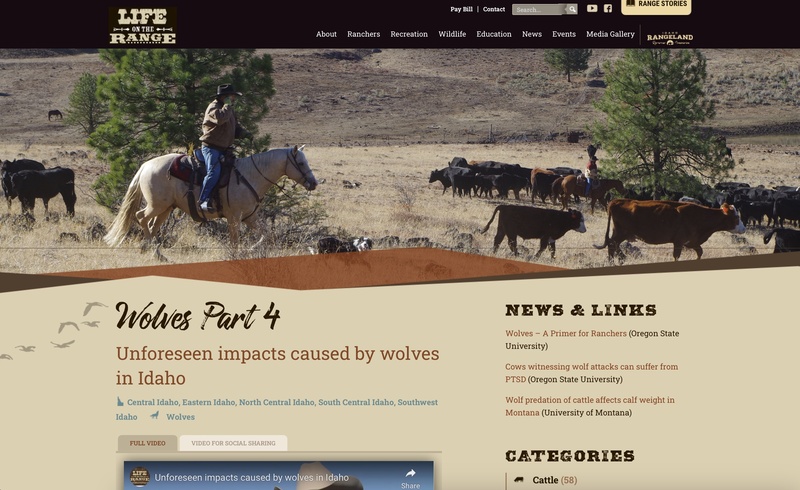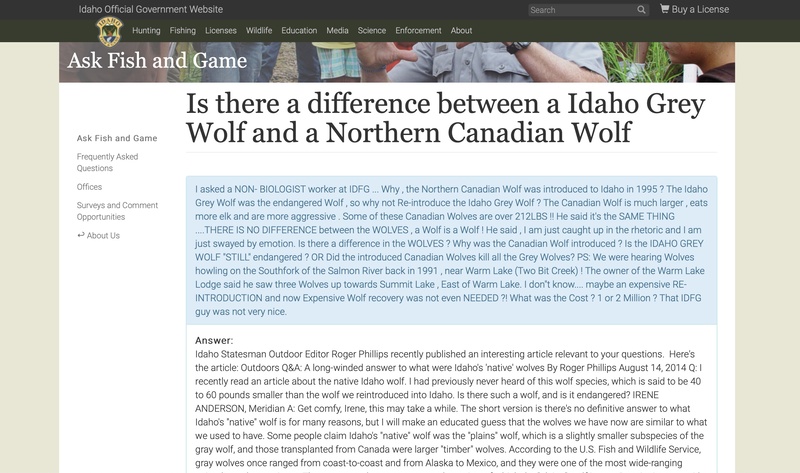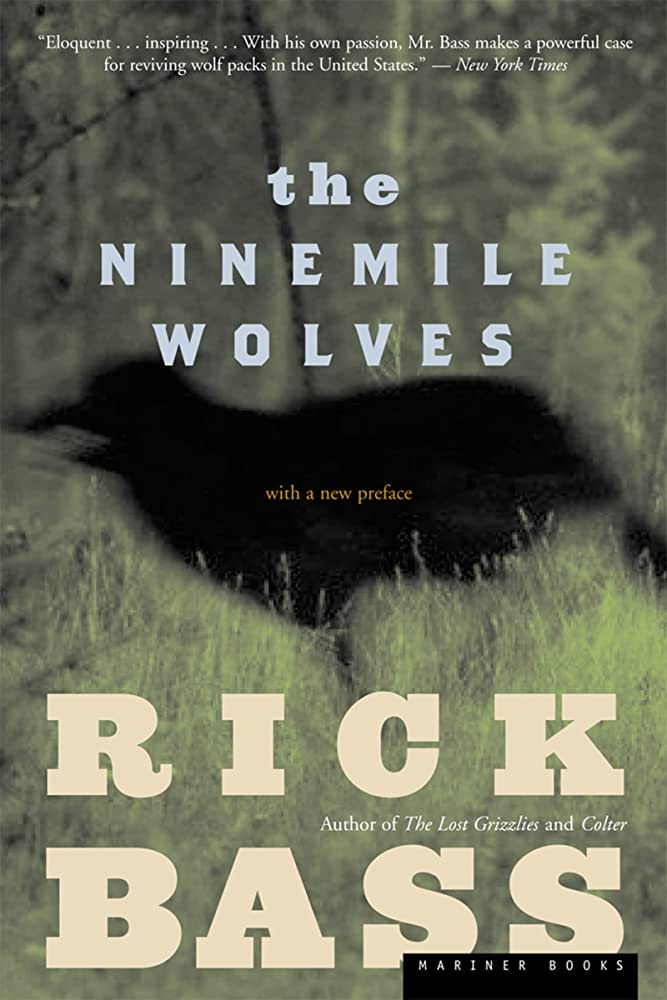Ecotones and Opinions
I have always been fascinated by ecotones–spaces where human and nonhuman elements intersect and interact. Wolf reintroduction, or the return of megafauna to their former habitat, is no exception. While I am a proponent of wolf reintroduction, I acknowledge that I am also an outsider to the issue. My perspective is limited to one experience–that of a Natural Lands Trust volunteer from Pennsylvania–a hunter who sustainably managed whitetail deer populations. My actions functioned to replace deer’s natural predators while also feeding my family. If more coyotes or wolves were present in my home state, hunting would undoubtedly be harder–prey would be more spooked and/or less abundant.
Nonetheless, I share the view of author Gretchen Legler, a fellow hunter, that “They aren’t our deer… They are the wolves’ deer first” (22). In All the Powerful Invisible Things: A Sportswoman’s Notebook, Legler reasons that while hunting is a privilege for modern man, it is survival for wolves (26). However, unlike elk or moose in Idaho, whitetail deer are overabundant everywhere in Pennsylvania–from forests to city outskirts–so it is necessary to acknowledge the different frustrations of Idaho’s hunters. I am also not a rancher, whose livelihood is staked in protecting cattle, nor am I someone who has lost a pet to wolves. Granted, my pet rabbit was killed in her hutch one night–perhaps by a fox or a raccoon–but I do not hold hatred toward those species. Regardless, my intention is to listen closely to the regional viewpoints about wolves in Idaho in order to better understand the controversy.
Despite my singular experience, I want to better understand the wolf controversy in Idaho. Throughout my time at the University of Idaho, I studied the history of wolf reintroduction, the ecology of wolves and the capabilities of ecological art. These areas of study led me to create a fountain titled “Jaws of Life” (2022), which explored trophic cascade and interconnectivity of wolves, deer, beavers, and water tables.
Throughout my investigation of wolf reintroduction, I’m primarily interested in the interconnectivity of systems and discourses. As Alexa Weik von Mossner aptly puts it, “New nature writing [is] concerned with the disorderly and dirty ‘edgelands’ between human society and the natural wild, rather than with wilderness as separate space” (38). For this reason, I wanted to explore more dimensions to wolf reintroduction, finding edgelands between regional viewpoints–spaces that we define for wolves.
Unsurprisingly, the more I delved into this topic, the more complicated it became. I discovered a much wider breadth of sources: indigenous stewardship, hunter and ranchers’ concerns, conflicting predation statistics, and various goals for wolf management. Opponents raised legitimate issues with wolf presence–underreported predation on livestock, predation on pets, financial losses outweighing financial aid from government entities, behavioral changes to livestock and prey–which do not appear in major ecological news surrounding wolves (“Wolves Part 4 Unforeseen Impacts Caused by Wolves in Idaho”).
There are also steadfast extremists, arguing for the complete elimination of wolves for the sake of safety or perpetuating the misinformation that grey wolves were not original inhabitants to Idaho–stances fueled by irrational fear and/or hatred more than anything (Phillips).
It is important to note that this extreme view, which echoes the history of America’s War on Wolves–the elimination of wolves from the lower 48 United States during the development of the West–did not pervade many opponent sources I found. Instead, most hunter and rancher organizations accept the presence of wolves–with the caveat that they can have an active role in managing the population and protecting their own livestock–similar to how hunters and ranchers interacted with Montana’s Ninemile wolves during 1989-1992 (Bass 69).
It would be easier to argue for reintroduction and continue to support it with clear scientific evidence, but there is a plethora of media that has already accomplished this. For my own project, it has been more engaging to look at the issue from a different angle–one that explores the overarching dimensions of the controversy itself. How do we define natural spaces with our conflicting discourses? And how can we become more aware about these conflicting discourses and catalyze new conversations, rather than passively intaking and regurgitating agreeable viewpoints?
Everyone has an opinion. My own is one of countless others. Rather than yell into a sea of voices, I wanted to compile these voices into a visible form: a visual conversation. My hope is that this form can act as an ecotone in itself for different opinions.


